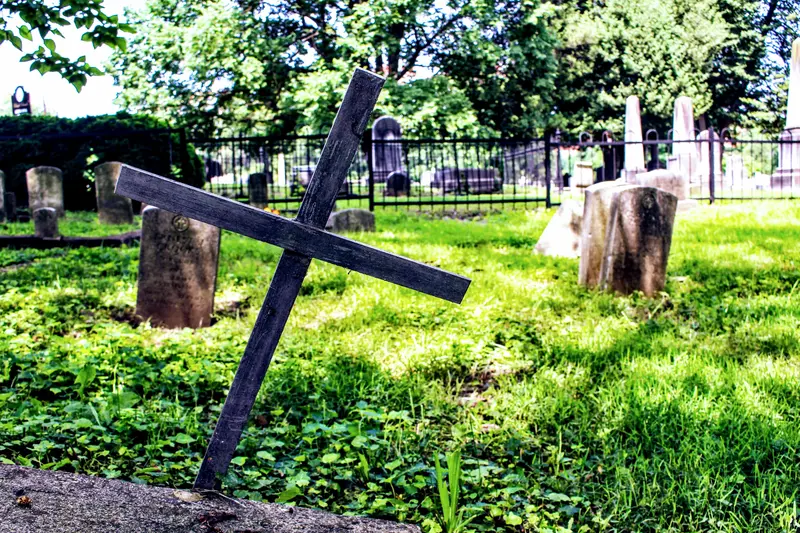In every human body thrives a complex community of trillions. microorganisms They are important for the health of the body as long as a person is alive. These microbial symbionts help. digest food They produce essential vitamins, protect against infections, and perform numerous other important functions.
In turn, the microbes, which are primarily concentrated in the intestines, inhabit a relatively stable, warm environment with a constant supply of food.
But what will happen to these symbiotic allies after your death? A team of researchers led by Jennifer DeBruyn, a professor of ecological microbiology at the University of Tennessee (USA), is studying necrobiome. That is, the microbes that live inside, on the surface, and around the decaying body. The team’s research has shed new light on the post-mortem microbial legacy. Science Alert It provided evidence that microbes not only continue to live after a person’s death but also play an important role in processing the body to allow new life to thrive.
The life of microbes after death person
It could be assumed that microbes They die along with the person. It is said that as soon as the body stops functioning, microorganisms enter the surrounding environment and do not survive there. However, as scientists have shown, it is much more complicated than that.
When the heart stops, blood ceases to circulate through the body and deliver oxygen. Cells, deprived of oxygen, begin to digest themselves in a process called autolysis. Enzymes in these cells, which usually break down carbohydrates, proteins, and fats for energy, start to affect the membranes, proteins, DNA, and other components that make up the cells.
The products of this cellular breakdown are excellent food for symbiotic bacteria. They are already free from the immune system that kept them in check, as well as from a constant supply of food from the digestive system, so they turn to this new source of nourishment. Intestinal bacteria Especially the class of microbes called Clostridia spread through the organs and digest the body from the inside. This process is known as putrefaction.
Without oxygen in the body, anaerobic bacteria rely on energy production processes that do not require oxygen, such as fermentation. According to Jennifer DeBruyn, it makes perfect sense from an evolutionary perspective that microbes have developed ways to adapt to a dying host. Like rats on a sinking ship, these bacteria will soon have to leave their host and survive in the world long enough to find a new host for colonization.
The use of carbon and nutrients in the body allows them to reproduce. However, the larger the population, the higher the likelihood of survival for at least a few individuals in harsher conditions.

Microbial invasion
Buried in the ground along with the body of the deceased, microbes enter a completely new environment and encounter a completely new microbial community. The mixing or merging of two different microbial groups in nature happens frequently. For example, when the roots of two plants intertwine or when two people kiss.
The outcome of such a merger depends on which community is dominant, which microbes are more active, and to what extent the environment has changed. At one time, microbes adapted to the stable, warm environment inside a living body, where they had a constant food supply. In contrast, soil is a particularly harsh place for them. It is a highly variable environment with steep chemical and physical gradients, significant temperature fluctuations, humidity, and so on.
Moreover, a diverse microbial community of microorganisms already exists in the soil, which is well adapted here and likely ready to outcompete any newcomers. In this case, one might assume that the microbes would die as soon as they are outside the body. However, research has shown that DNA signatures of host-associated microbes can be detected in the soil beneath a decomposing body, on the soil surface, and in graves for months or even years after the soft tissues have decomposed.
Thus, scientists raised the question of whether these microbes are alive and active or simply in a dormant state, waiting for the next host. Ultimately, Jennifer DeBruyn’s team proved that our microbes not only live in the soil but also interact with local soil microbes that help decompose the body. The researchers found that these microbes enhance the nitrogen cycle and likely play a role in processing large nitrogen-containing molecules (such as proteins and nucleic acids) into ammonium. Eventually, they can convert ammonium into nitrate.
Researchers summarized that our own microbes play an important role in all these processes, which is one of the microscopic ways our life continues after death.
